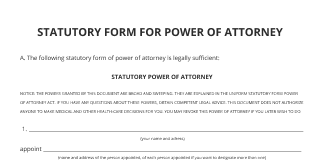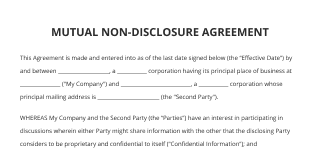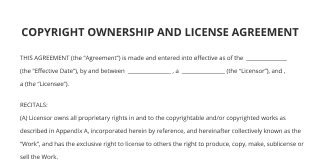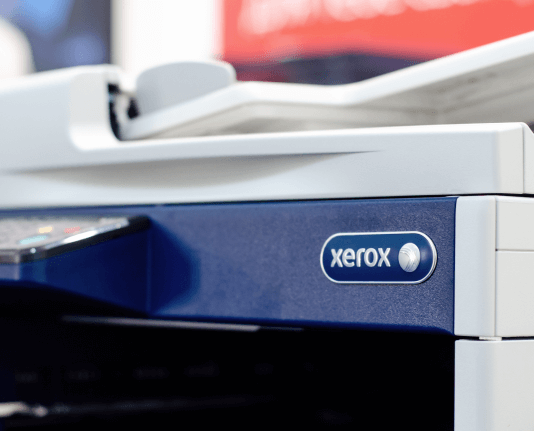Understanding the Difference between Receipt and Bill for Better Financial Management
Move your business forward with the airSlate SignNow eSignature solution
Add your legally binding signature
Integrate via API
Send conditional documents
Share documents via an invite link
Save time with reusable templates
Improve team collaboration
See airSlate SignNow eSignatures in action
Understanding the Key Differences
Receipts and bills serve distinct purposes in financial transactions, and understanding these differences is essential for effective document management. A receipt is a proof of payment, issued by a seller to a buyer, confirming that a transaction has been completed. It typically includes details such as the date of purchase, items bought, total amount paid, and payment method. In contrast, a bill is a request for payment, indicating the amount owed for goods or services provided. Bills usually provide a breakdown of costs and often include payment terms and due dates.
When to Use Receipts
Receipts are crucial for personal and business record-keeping. They are often used for expense tracking, tax deductions, and warranty claims. For businesses, issuing receipts is essential for maintaining transparency and trust with customers. When preparing a receipt, ensure it includes all relevant transaction details, such as the seller's information, transaction date, and itemized list of purchased goods or services. This information can be easily created and sent using digital document solutions, streamlining the process of maintaining accurate financial records.
When to Use Bills
Bills are primarily used when goods or services have been provided but not yet paid for. They serve as a formal request for payment, detailing what is owed and when it is due. Businesses often send bills to clients after delivering services, ensuring that clients are aware of their financial obligations. When creating a bill, it is important to include clear payment instructions, due dates, and any applicable late fees. Digital tools can simplify the billing process, allowing users to generate, send, and track bills efficiently.
Legal Implications of Receipts and Bills
In the United States, both receipts and bills have legal significance. Receipts can serve as evidence in disputes regarding payment, while bills can establish a formal agreement between parties regarding payment terms. Understanding these legal implications is vital for businesses to protect their interests. Proper documentation, whether through receipts or bills, can play a crucial role in resolving disputes and ensuring compliance with financial regulations.
Best Practices for Document Management
Effective document management involves properly categorizing and storing both receipts and bills. Businesses should implement a systematic approach to organizing these documents, using digital solutions to enhance accessibility and security. Scanning and storing receipts and bills electronically can reduce clutter and ensure that important information is easily retrievable. Utilizing features like eSigning can also streamline the approval process for bills, making it easier to manage payments and maintain accurate records.
Common Scenarios for Using Receipts and Bills
Understanding when to use receipts versus bills can enhance financial management. For instance, if a customer purchases a product from a retail store, a receipt is issued immediately. Conversely, if a contractor completes a project, they may send a bill to the client for payment. Recognizing these scenarios can help users effectively navigate their financial transactions and ensure proper documentation is maintained.
airSlate SignNow solutions for better efficiency
Our user reviews speak for themselves






Why choose airSlate SignNow
-
Free 7-day trial. Choose the plan you need and try it risk-free.
-
Honest pricing for full-featured plans. airSlate SignNow offers subscription plans with no overages or hidden fees at renewal.
-
Enterprise-grade security. airSlate SignNow helps you comply with global security standards.

Comprehending the distinction between receipt and bill
In the realm of finance and transactions, it's crucial to realize the distinction between receipt and bill. A receipt serves as evidence of payment, whereas a bill represents a demand for payment. This guide will lead you through the advantages of utilizing airSlate SignNow, a robust tool for overseeing your document signing requirements.
Steps to grasp the distinction between receipt and bill using airSlate SignNow
- Launch your web browser and head to the airSlate SignNow homepage.
- Establish a free trial account or log into your current account.
- Choose the document you intend to sign or send for signatures.
- If you plan to utilize this document again, save it as a template for future reference.
- Access your document to make necessary modifications, such as adding fillable fields or inserting particular information.
- Sign the document and add signature fields for the recipients.
- Click 'Continue' to set up and send an eSignature invitation.
By employing airSlate SignNow, businesses can simplify their document signing processes with a user-friendly and budget-friendly solution. The platform delivers excellent return on investment with its comprehensive features designed for small to mid-sized enterprises.
With clear pricing and no concealed fees, airSlate SignNow guarantees you get the best value for your investment. Enjoy exceptional 24/7 support with all paid plans. Begin your free trial today and revolutionize your document management!
How it works
airSlate SignNow features that users love
Get legally-binding signatures now!
FAQs
-
What is the difference between a receipt and an itemized bill?
What's the difference between a receipt and an itemized receipt? A receipt provides proof of payment for a good or service, recording how much money changed hands between two parties during the transaction, while an itemized receipt shows the cost of each item in your order. -
Are bills receipts?
In conclusion, invoices, bills, and receipts each play a unique role in the realm of financial transactions. An invoice is a detailed request for payment, a bill is a simplified version of an invoice, and a receipt serves as proof of payment. -
Are bill and receipt the same?
In short, an invoice is sent by the vendor, whereas a bill is received by the customer for the same purchase. Receipts: A receipt is a document that the vendor provides once they receive the payment from the buyer. -
What is the difference between an item receipt and a bill?
A sales receipt records goods or services paid for immediately at the time of purchase (sometimes referred to as a “point of sale” purchase). A bill is an invoice sent to you by a vendor for work items, goods, or services. A statement shows what a customer still owes you at a certain time. -
Are receipt and bill the same?
Conclusion: In conclusion, invoices, bills, and receipts each play a unique role in the realm of financial transactions. An invoice is a detailed request for payment, a bill is a simplified version of an invoice, and a receipt serves as proof of payment. -
Is a bill different from a receipt?
A bill is issued before or when providing goods or services. It acts as a payment request, indicating the amount the buyer needs to pay for the goods or services received, whereas a receipt is issued after the payment has been made. -
Is a receipt a proof of billing?
A Receipt is the proof of payment. It is issued after a bill or invoice has been paid, confirming the transaction is complete.
What active users are saying — difference between receipt and bill
Related searches to Understanding the difference between receipt and bill for better financial management
Get more for difference between receipt and bill
- Creating an email address with the company name for streamlined communication
- Fill and sign PDF documents online for free with airSlate SignNow
- Unlock powerful signature management features for your business
- How to create a signature for digital documents with airSlate SignNow
- Experience the best free online PDF editor digital signing solution
- Experience seamless document execution service with airSlate SignNow
- Can you add an electronic signature to a Word document for seamless workflows
- Streamline the digital signature process in e-commerce
Find out other difference between receipt and bill
- Contract Signing Made Easy and Secure with airSlate ...
- Get your authenticated signature with ease and security
- Simplify your document signing process with our PDF ...
- Experience the ultimate e-signing solution for your ...
- Streamline your document signing with electronic notary ...
- Discover an innovative document management solution for ...
- Discover our PDF signing service for seamless eSigning
- Simplify your workflow with our document signing ...
- Discover the free document signing application that ...
- Experience the best free online signing service to ...
- Discover the best e-signing service for your business
- Experience the best online signing service for your ...
- Discover the best free digital signing tool for your ...
- Discover the best digital signing application for your ...
- Transform your workflow with the online PDF filler
- Streamline your workflow with our powerful document ...
- Effortless signing service for your business needs
- Streamline your workflow with digital signing
- Effortless signature by email for your business needs
- Experience seamless cloud signing for your business






























